Today was the first time we’ve gone up to our community garden plot this spring. There are a few signs of green besides the occasional weed, including those healthy looking chives. I’ve dropped by a few times over the winter, but today we actually did a little bit of work, mostly clearing away last year’s asparagus stems. We found shoots!
Out of all the plants, I think this might have been the only female and I’m wondering if there’s a correlation between it’s sex and that it’s the first one out of the ground. More likely it’s just the best-protected plant.
These scallions that I left in last fall are going to be ready to harvest soon. I need to make a note to grow them over the winter again. They’ve done well.
In another Allium area we found the garlic looking great. I did a quick scan of the anal-retentive grid I planted them on and it looks like every bulb I put in survived and has emerged.
This Allium, which I thought might be Korean chives, has come back strong. I am curious to really identify it, if possible, now that I’m reading Around the World in 80 Plants. There are so many edible Alliums! It sounds like even experts have a difficult time telling some of them apart. Which reminds me, back in the perennial garden at home my ramps, a.k.a. Allium tricoccum are up. I hope this year I can get some seed from them.
I need to find an unobtrusive way to mark where they are planted so I don’t accidentally dig them up during this summer’s planned garden update. Maybe a circle of stones.
Elsewhere in the perennial garden the hellebores are stealing the show. After yesterday’s on again/off again snow and sunshine—seriously, it was a weird day— I got out to look around and admire a few blooms.
This clump of Helleborus niger var. macranthus is starting to look a little beaten-up. No surprise since it’s been blooming for about a month and has been snowed and sleeted on several times.
The H. niger is under the cherry tree where I replaced the trashed cigar box birdhouse (thanks for nothing, squirrels!) with this one I scavenged from my late father’s shed last fall. There is already some nesting material hanging out of the backyard wren house so I thought I’d better get this one out.
Which brings me to the other animal housing update…
Here are the deserted blocks that, until last weekend supported my beehives. A couple summers ago I discovered the hard way that I’ve developed an allergy to honey bee venom. (The emergency room just over the hill here is very nice.) Since then, I just haven’t felt comfortable around the hives without being fully suited up. Consequently, maintenance of the garden has suffered. I recently made the hard decision to give up the bees and turned them over, along with all my equipment to my beekeeping partner to liquidate. Helen, the last hive I had has survived through two winters so he’s going to attempt to make some splits. They should be rather desirable on the local market. I’m going to miss watching the annual cycle of the hive and caring for the honey bees. They’re fascinating creatures I’ll always appreciate. In their place I’ll be caring to the extent I do to the native bees and other pollinators around my home gardens and in our community garden plot by providing food plants and housing opportunities for them.
The food, of course, includes my nemesis, the dreaded Scilla. I’ve given up trying eradicate it from the back garden and hope just to keep it from invading the front. It’s still a noxious, alien weed in my eyes, but knowing it provides food for so many kinds of bees has changed my opinion of it, but only grudgingly.



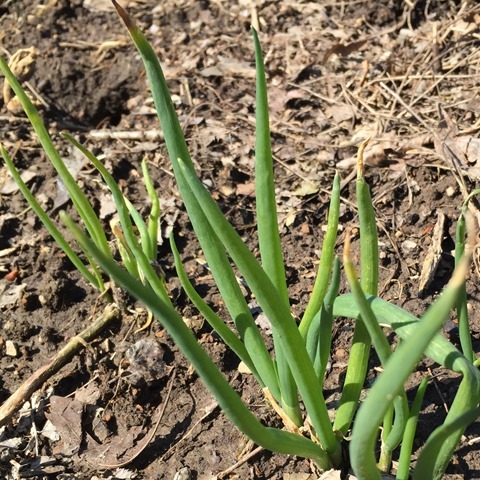


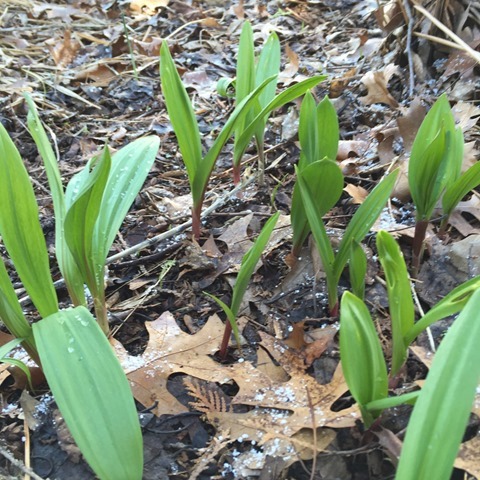
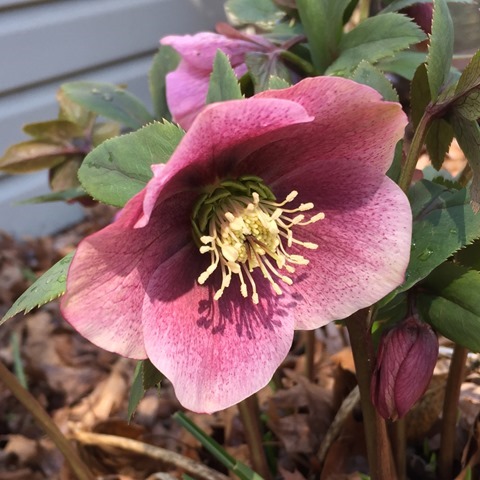
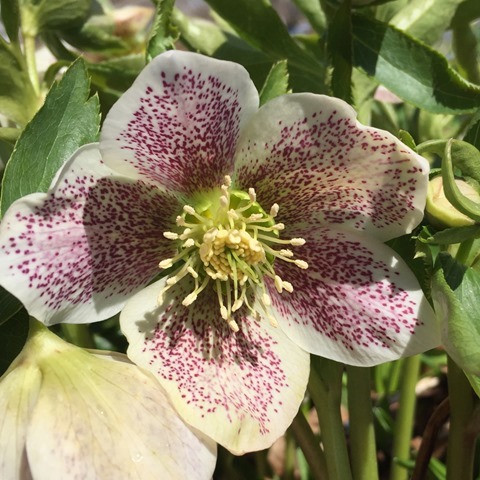
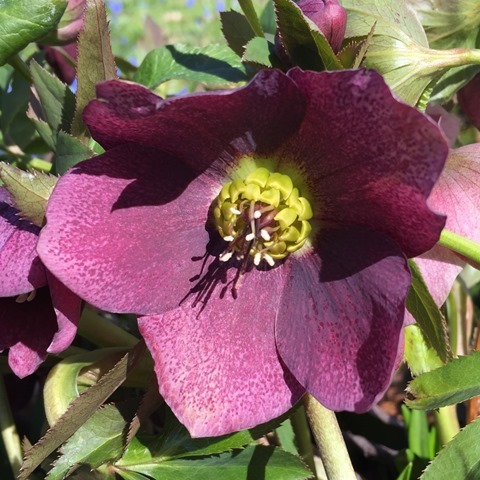
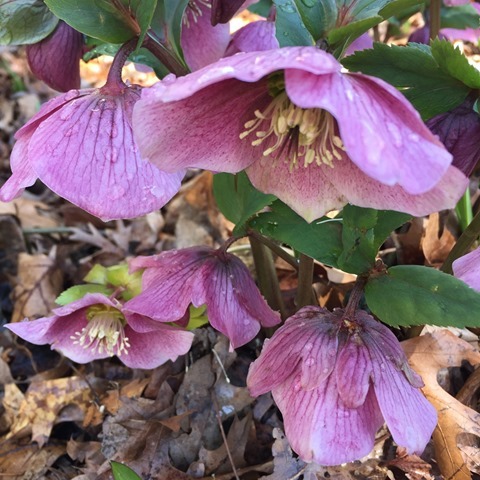
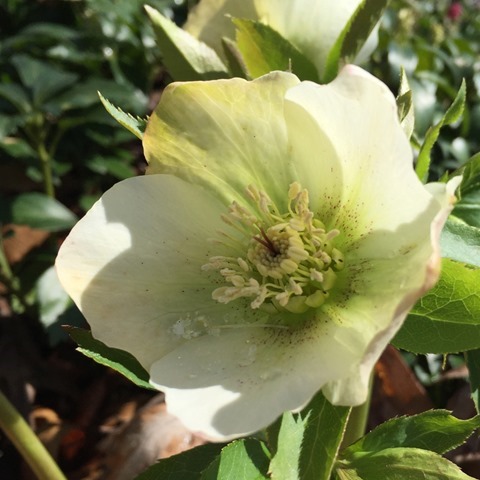
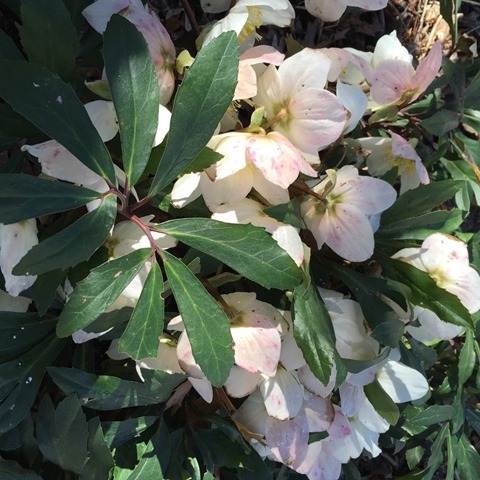



A real shame that you have to give up the honey bees, but nurturing native bees will be rewarding too.
Yes, I’ll miss them but it’s true, the native bees have been a surprising amount of fun to watch and learn about.
Beautiful photos. Sorry about the bees, I know you will miss them, they were a fascinating addition.
Thanks, Dale. I will miss them but now I have no excuses for not whipping the garden back into shape. 😀
Sorry to hear about your allergy but you only had one choice with the bees and that was unfortunately to remove the hives. I never knew Scilla could be so invasive so thanks for the warning. Do you have bee hotels? Mine give me great pleasure. Also I have mining bees in the garden and they are fun to watch too. I bet the bumble bees go mad on those beautiful Hellebores. Amelia
The Scilla does spread rather aggressively. It’s a problem for spring ephemerals which it overwhelms so I’ve moved all those to the front garden where it hasn’t gotten a toe-hold yet.
I have two bee hotels at the moment but want to get more, including up at our garden plot. Better get moving on that before it’s too late to entice the first queens of spring.
The hellebores are great for the very first bees of the year. I want more!
Mine self seed very readily so be careful if you weed nearby and you may wish to let the seed heads mature if you are not too fussy about them looking untidy. Amelia
Yes, I have been rescuing seedlings and moving them to an area to grow out and evaluate. I even gave a couple bunches to my sister who lives a couple zones north where it is colder and she’s even having success with them.
I’ll take any scilla you don’t want! They’re part of my plan to make my lawn more pollinator friendly where a few dozen are growing now along with many yellow and blue violets.
Ack! While I have been converted somewhat by their early spring value as pollinator forage, I’d caution against setting them loose in woodlands. In lawns they’re probably somewhat alright. Trilliums of all sorts seem tall enough to compete. They completely devastated my Hepaticas and spring beauties and are making serious incursions into the Dutchman’s Breeches. OK, that last one sounded bad, but it’s true.
Best to keep them out of your breeches. I’m thinking the competition from the grass and other plants will keep them under control. I have another “introduced” plant in my lawn that is finally taking off: Carex communis, a native sedge. I hope it will replace a lot of the grass which I really hate to having to mow.
I’ve got a garden behind the house with the same spring ephemerals plus trout lily, toothwort, Jeffersonia. The biggest problem back there is bloodroot and wild ginger which I’ve almost completely removed as they overpower everything else.